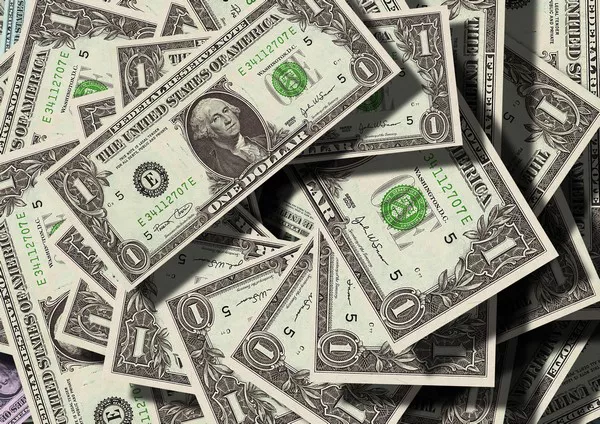Here’s what you need to know on Thursday, September 7:
The U.S. dollar gained midweek on better U.S. data, with USD (DXY) hitting its highest level since mid-March above 105.00. The U.S. dollar index consolidated gains in early trade on Thursday as investors awaited weekly jobless claims data and second-quarter unit labor cost revisions. Market participants will also pay close attention to comments from Federal Reserve (Fed) policymakers.
The ISM Services Purchasing Managers Index report released on Wednesday showed that business activity in the U.S. service industry continued to accelerate expansion in August. The Basic Details Survey shows employment in the sector is growing at a healthy pace while input price pressures have intensified. The yield on the benchmark 10-year Treasury note climbed to 4.3% as investors reassessed the possibility of the Federal Reserve raising policy rates again before the end of the year, boosting the dollar after the data.
EUR/USD approached 1.0700 for the second day in a row on Wednesday, but found support. The pair is currently consolidating sideways just above this level. Eurostat will publish revised data on second-quarter employment changes and gross domestic product (GDP) later.
GBP/USD fell below 1.2500 on Wednesday, its lowest level since June 12. Although the pair recovered slightly by the end of the day, it failed to stabilize above this level during the Asian session on Thursday. In addition to broad dollar strength, cautious comments from Bank of England officials have also led to continued bearish pressure on the pair. Testifying before the UK Treasury Select Committee, Bank of England Governor Andrew Bailey noted that many indicators were pointing to falling inflation, adding that they were “closer to peak rates. In addition, Bank of England policymaker Swati Dhingra pointed out that the Bank of England’s policy is “strict enough.”
Data from China during the Asian session showed that the trade surplus narrowed from US$80.6 billion to US$68.36 billion in August. Meanwhile, Australia’s exports fell 2% in July, while imports rose 3%. Outgoing Reserve Bank of Australia (RBA) governor Philip Lowe reiterated that tightening monetary policy will be needed if inflation becomes sticky.
USD/CAD rose to its highest level since March above 1.3670, but fell back below 1.3650 on Thursday. The Bank of Canada (BOC) announced on Wednesday that it would keep its policy rate unchanged at 5%, as widely expected. Bank of Canada Governor Tiff Macklem is due to deliver an economic progress report later in the day.
USD/JPY lost bullish momentum and entered a consolidation phase near 147.50. Junko Nakagawa, a member of the Board of Directors of the Bank of Japan (BoJ), said on Thursday: “If inflation expectations rise further, further adjustments to the YCC cannot be ruled out, but it is not an imminent issue now. ”
Gold prices fell for a fifth day in a row on Friday, falling below $1,920 for the first time in September. Earlier on Thursday, 10-year U.S. Treasury yields were steady, with gold/USD trading within a narrow channel just below $1,920.


